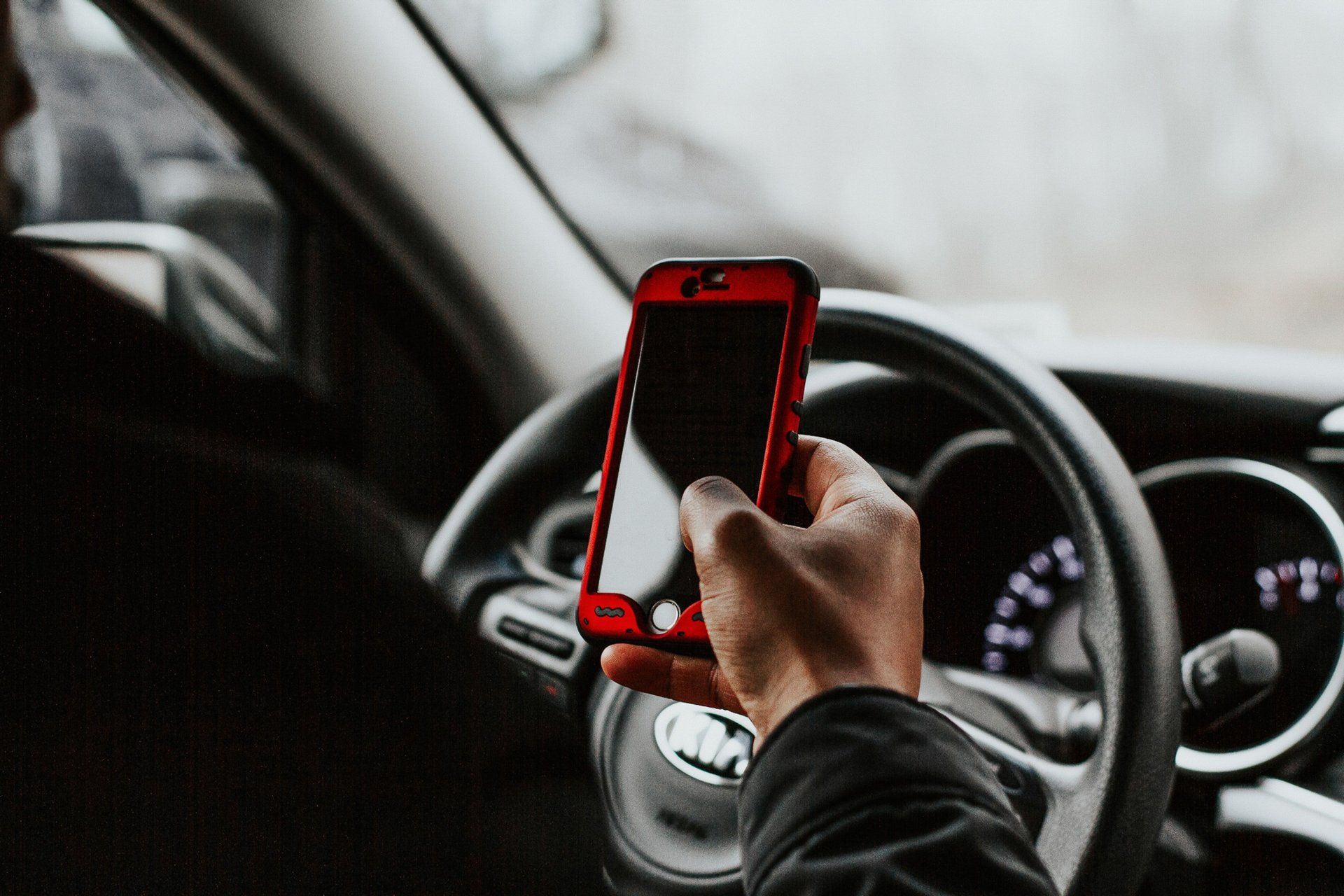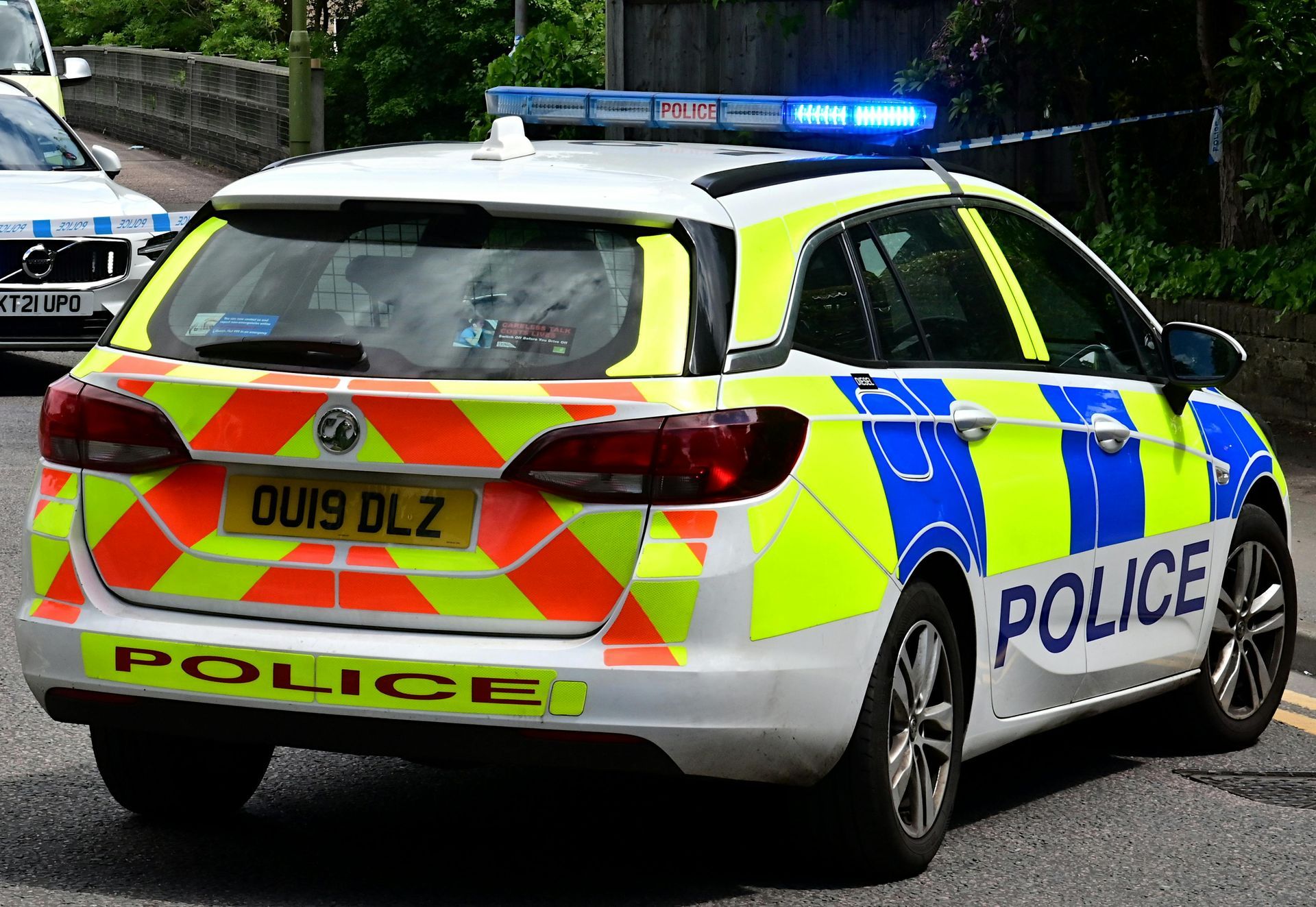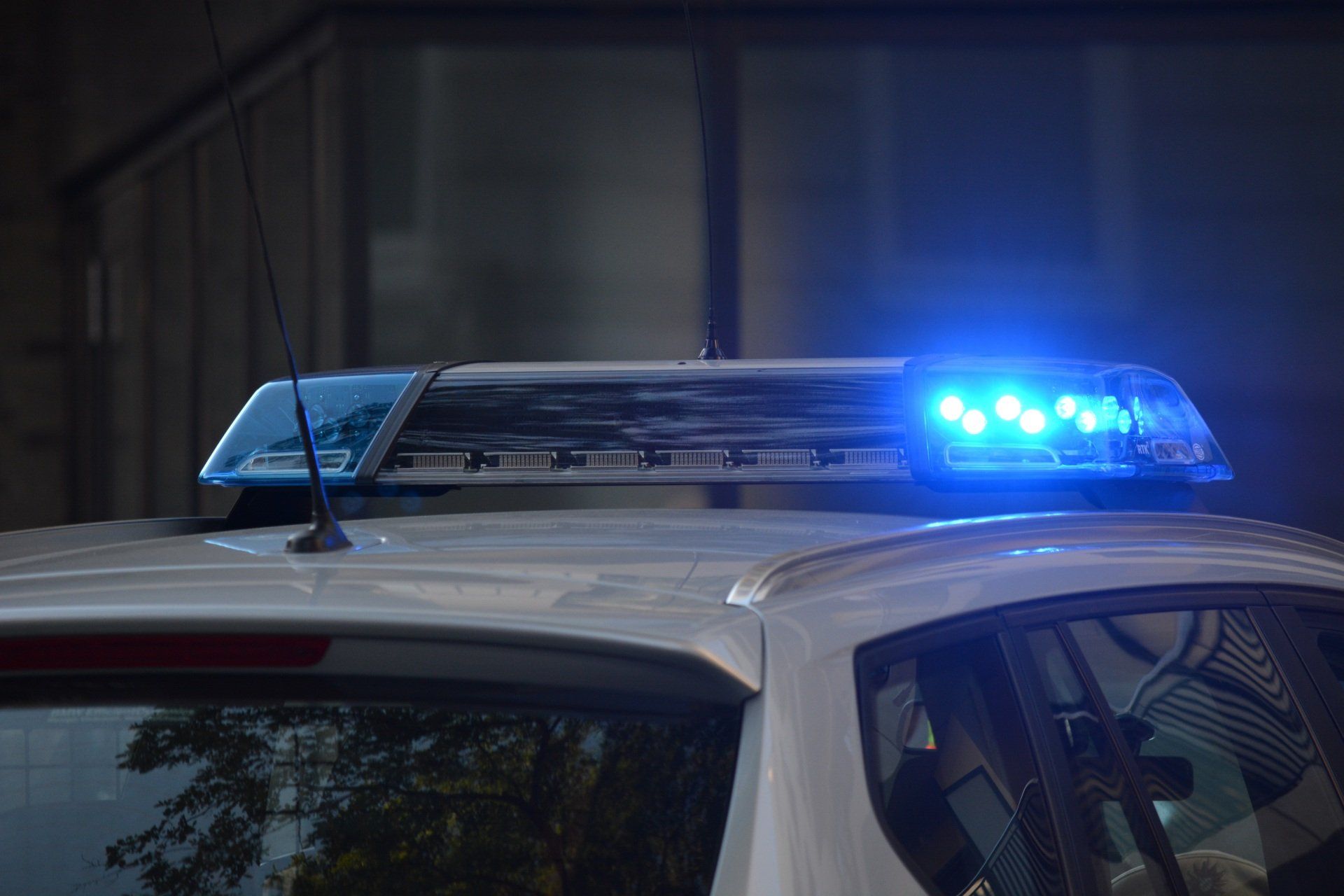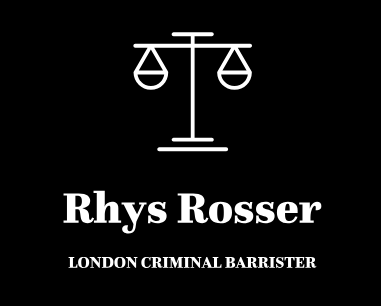“Using” a Mobile Phone – Clarity at Last
Important Reading for Anyone Caught "Using" their phone at the wheel

The High Court has now provided guidance on what the Prosecution must prove for someone to be convicted of Using a Mobile Phone whilst Driving. They must prove that the device was engaged in a two way interactive communication function (i.e. using Data/Messages/Minutes).
Since 1st March 2017, anyone caught using their mobile phone whilst driving would receive 6 points on their licence, prior to then it had been 3 points. Celebrities are not exempt, in May of this year David Beckham pleaded Guilty to such an offence, becoming a ‘totter’ and receiving a 6-month disqualification.
As a result of the introduction of this harsher penalty, there has been a rise in those challenging the charges laid against them. The majority of these challenges has related to the definition of “use” and whether or not it is sufficient simply to be seen with a mobile phone.
The offence was introduced by Section 41D of the Road Traffic Act 1988, a time when mobile phones were relatively new and far simpler than they are now. It was unheard of to access the internet or send a photo by mobile phone. This means that the legislation has been out of date and poorly understood.
Regulation 110 of the Road Vehicles (Construction and Use) Regulations was introduced in 2003. It prohibits an individual from driving a motor vehicle on a road if they are using a handheld mobile telephone, or a device which performs an interactive communication function by transmitting and receiving data.
There has been dispute in the Courts for a number of years, as to whether or not a mobile phone must be engaged in an interactive communication function in order to be “used”.
The matter has finally been argued before the High Court in the case of DPP v Barreto, where the Court made a number of rulings which will impact greatly on prosecutions. In order to be performing a function, the device must be “being used to perform” such a function.
The key ruling is that the meaning of “using” is restricted to where a mobile phone is used to perform a two-way interactive function. It is not sufficient simply to be holding a mobile phone. On the basis of this ruling, the following would also not be considered “using” and so not an offence:
-Checking the time on the phone;
-Looking at photos whilst driving (as long as they are stored on the phone);
-Taking photos;
-Filming an accident (as was the ‘use’ in DPP v Barreto ).
However, a two way interactive communication function is not limited simply to making a phone call. It will include sending a text, searching the internet or using your phone as a sat-nav.
This ruling demonstrates the importance of seeking representation when you are charged with a motoring offence. There are undoubtedly various individuals who have pleaded guilty to the offence, when in reality they had a full defence to the charge. In many cases, this could have been avoided through consultation at an early stage.
However, a word of warning. There may now be a change in approach. The Police and CPS will react to this ruling, they will instead prosecute individuals either for ‘Careless Driving’ (which can result in disqualification) or ‘Driving in such a position that the driver cannot have proper control of the vehicle’ (3 Points). Once again, this shows the importance of obtaining expert representation.
Contact Rhys now if you are being charged with an offence, or if you have already been convicted to discuss your options.
Fill in the Below to Contact Rhys and to obtain legal advice










